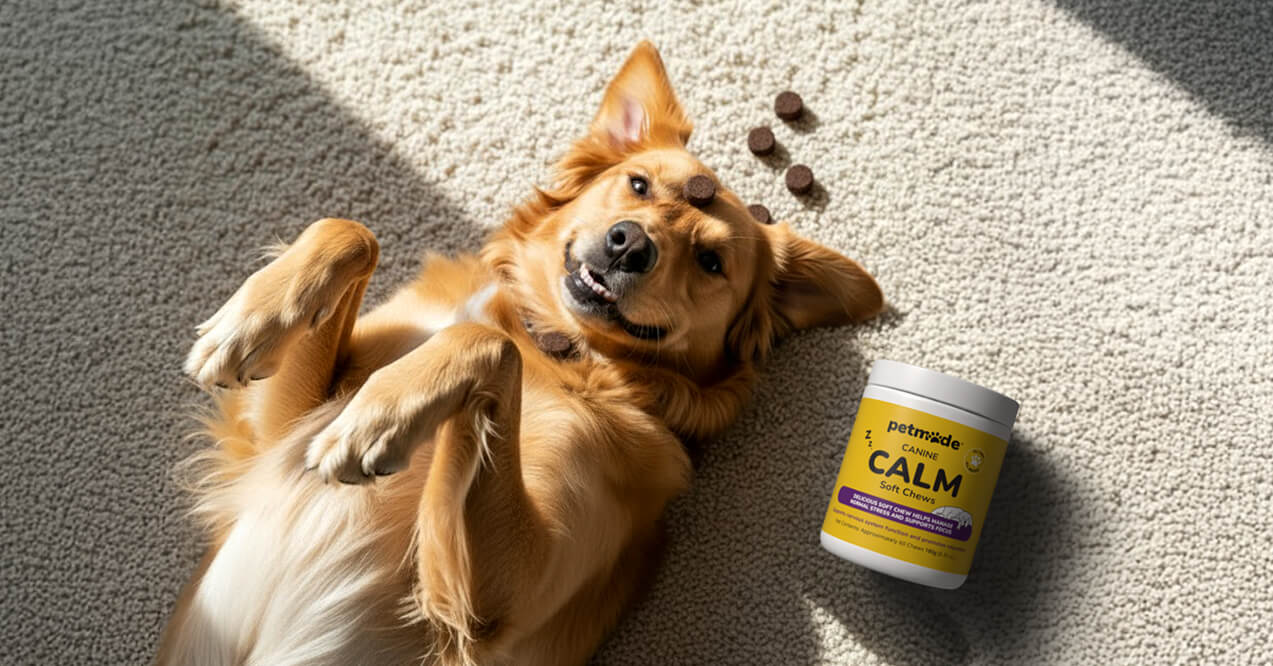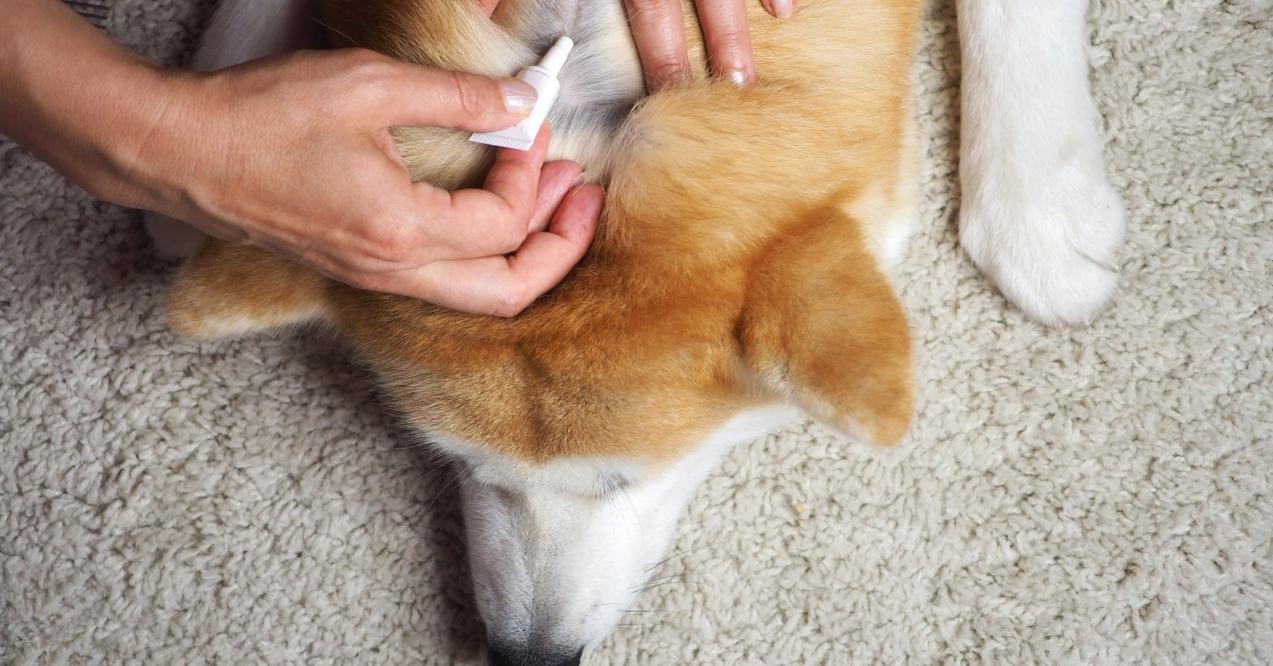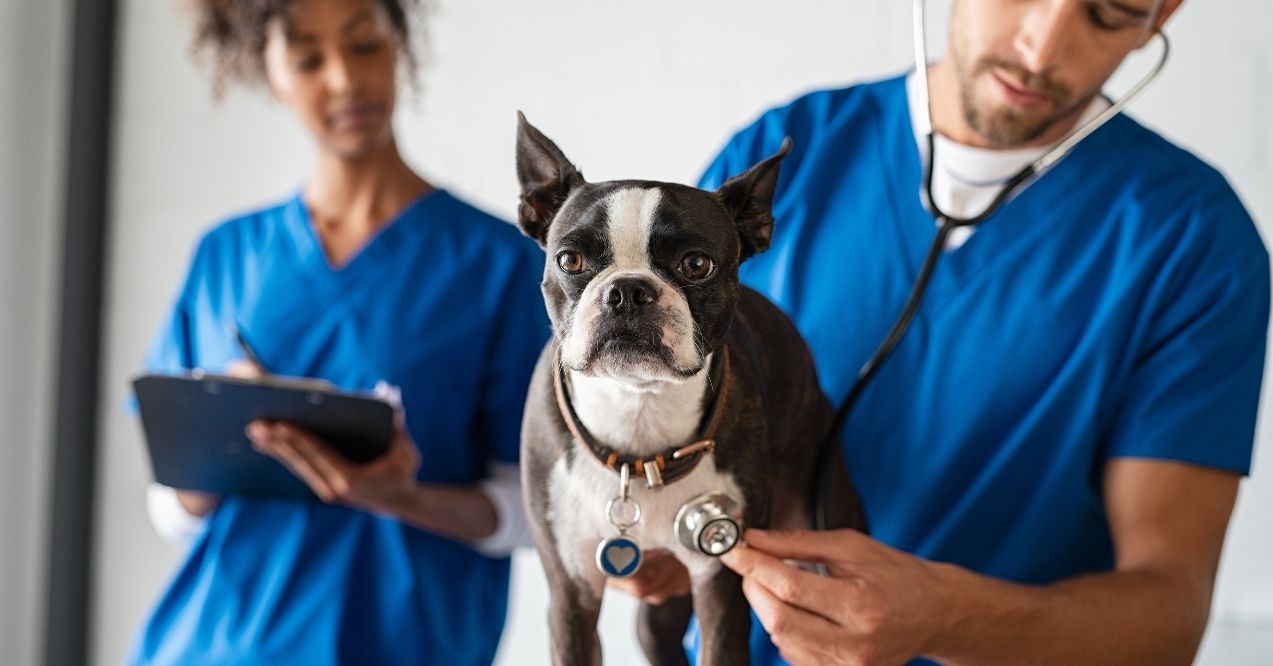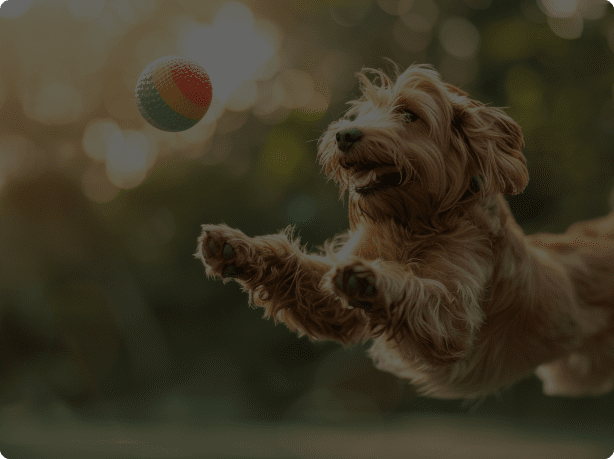What Is Lameness in Dogs?
Wondering what is lameness in dogs? When your furry friend starts limping or showing signs of discomfort while moving, it can be concerning. Lameness is a common mobility issue that many pet parents encounter, yet understanding what it means can feel overwhelming.
While lameness isn’t a specific condition itself, it serves as a signal that your dog is experiencing physical discomfort that affects their movement. This guide will explore lameness in dogs meaning, how it can impact your pet’s daily life, and the various ways you can support your four-legged friend’s mobility and comfort.
Lameness in Dogs Meaning
So, what is lameness in dogs? Simply put, it’s a noticeable change in your dog’s normal walking pattern or mobility. Like a check engine light in your car, lameness in dogs signals that something needs attention. It ranges from a temporary change in gait to more persistent mobility challenges.
Acute vs. Chronic Lameness
Acute lameness appears suddenly and unexpectedly. Your dog might start favoring a leg after an energetic play session or a long walk. This type of lameness often improves with rest and proper care.
Chronic lameness, on the other hand, develops gradually over time. You might notice your dog showing subtle changes in movement patterns, becoming less enthusiastic about activities they once enjoyed, or taking longer to recover after exercise.
How Lameness Progresses Over Time
The journey of lameness often begins with mild signs. Your dog might show brief moments of stiffness after resting or hesitate before certain movements. During this early stage, you may hear dogs joints cracking – a condition known as crepitus that could signal developing mobility issues.
As mobility challenges advance, you might notice your four-legged friend becoming more selective about their activities. They might think twice before jumping onto the couch or show less enthusiasm during play sessions.
In more advanced stages, your dog may significantly alter their movement patterns. They might distribute their weight differently while walking or standing, showing a clear preference for certain positions that feel more comfortable.
How Canine Lameness Affects a Dog’s Life
Dog lameness can significantly impact your pet’s daily activities and overall happiness. Understanding these changes helps you provide better support for your furry friend.
- Physical Activity Changes – Your dog may reduce their activity level naturally, moving less during play or walks. This decrease in exercise can lead to muscle loss and changes in body condition.
- Emotional Well-being – Less participation in favorite activities like fetch or neighborhood walks can affect your dog’s mood. They may show signs of frustration or appear less enthusiastic about activities they once enjoyed.
- Movement Compensation – When favoring one leg, dogs often put extra pressure on their other limbs. This adjustment in movement can create additional stress on their body.
Early Signs of Chronic Lameness

Recognizing the early signs of lameness can make a significant difference in managing this condition. Our four-legged friends often try to hide their discomfort, making it crucial for pet parents to notice subtle changes in behavior and movement.
Watch for these early warning signs:
- Changes in Movement Patterns – Your dog might hesitate before jumping onto furniture or using stairs. They may also take longer to lie down or get up from rest, showing subtle signs of joint pain in dogs and stiffness.
- Rest and Activity Changes – Notice if your pup spends more time resting or seeks out softer surfaces to lie on. They might also show less enthusiasm for activities they previously enjoyed.
- Physical Signs – Look for changes in how your dog distributes their weight while standing or walking. You might notice them shifting weight from one leg to another or favoring certain positions while resting.
- Grooming Behaviors – Pay attention if your dog starts focusing on particular areas of their body, especially joints. Excessive licking or attention to specific spots can indicate discomfort.
How to Manage & Support a Dog with Lameness
Supporting a dog with mobility challenges requires a thoughtful, multi-faceted approach. Let’s explore various ways to help your furry friend stay comfortable and active.
Lifestyle Modifications
Learning lameness starts with creating a supportive environment. Simple changes to your home and daily routine can make a significant difference in your dog’s comfort level.
- Adapt Exercise Routines – Replace high-impact activities with gentle walks on soft surfaces. Short, frequent walks often work better than one long session. These exercises are also worth considering for those who wonder how to help dogs with joint pain.
- Modify Your Home – Install ramps or steps for easier furniture access. Consider adding non-slip mats on slippery floors and providing a supportive bed in a quiet, accessible area.
- Build Strength Gradually – Focus on controlled movements that maintain muscle strength without causing strain. Swimming and slow walks can help maintain fitness.
Joint Supplements & Anti-Inflammatory Nutrition
Dietary support plays a crucial role in managing lameness. High-quality supplements containing glucosamine and chondroitin help maintain cartilage health and reduce inflammation. Omega-3 fatty acids from fish oil and green-lipped mussel extract provide additional anti-inflammatory benefits while supporting joint function.
Additionally, focus on feeding anti-inflammatory foods rich in antioxidants. Fresh vegetables like sweet potatoes and leafy greens contain compounds that help protect cartilage. Remember, it is always advisable to consult your veterinarian before making significant dietary changes.
Physical Therapy & Rehabilitation
Movement-based activities can help maintain strength and flexibility. Water-based exercises provide low-impact movement opportunities, while gentle massage can promote comfort and maintain range of motion. Regular, supervised exercise sessions help maintain muscle strength and support overall mobility.
Conclusion
Understanding what is lameness in dogs is crucial for providing the best care for your four-legged friend. By recognizing early signs of mobility changes and taking proactive steps, you can help your dog maintain an active and comfortable lifestyle. Remember that supporting your pet’s mobility is a journey that combines environmental adjustments, proper nutrition, and appropriate physical activities. With patience and the right approach, you can help your canine companion stay mobile and happy.
Limping is a specific type of abnormal gait where your dog favors one leg, while lameness is a broader term that includes any mobility issue affecting normal movement – from subtle changes in walking patterns to complete inability to use a limb.
Lameness meaning refers to any abnormality that affects a dog’s ability to move normally. It’s not a specific condition but rather a sign that your dog is experiencing physical discomfort that impacts their mobility and movement patterns.
Watch for signs like reluctance to move, changes in behavior, persistent limping lasting more than 24 hours, or visible signs of discomfort. If your dog shows these signs or their mobility worsens, seek professional guidance.
Support your dog’s joint health through appropriate exercise, maintaining a healthy weight, providing proper nutrition, and avoiding high-impact activities. Regular monitoring of their movement patterns helps identify potential issues early.
Advertisement. This site offers health, wellness, fitness and nutritional information and is designed for educational purposes only. You should not rely on this information as a substitute for, nor does it replace, professional medical advice, diagnosis, or treatment. If you have any concerns or questions about your health, you should always consult with a physician or other health-care professional. Do not disregard, avoid or delay obtaining medical or health related advice from your health-care professional because of something you may have read on this site. The use of any information provided on this site is solely at your own risk.



















